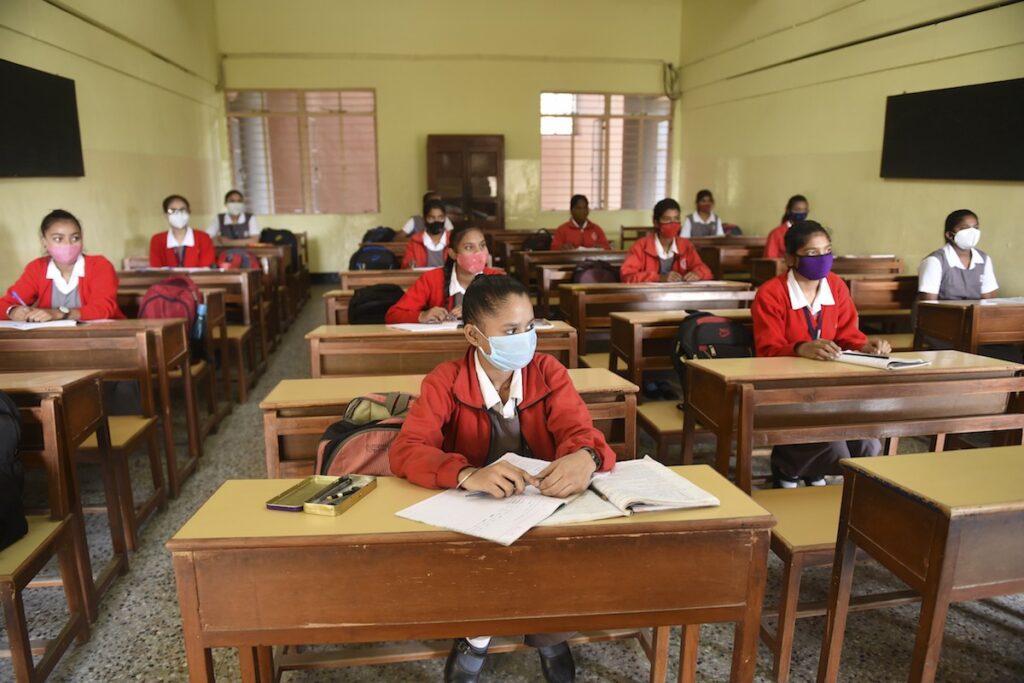The World Economic Forum’s Global Risks Report, in its 16th edition, identified “youth disillusionment” as one of the “top blind spots” that might have substantial negative consequences in the future. The report defines it as the young generation’s “disengagement and lack of confidence and/or loss of trust with existing economic, political, and social structures at a global scale”.
Consequences & Risk Factors
Youth disillusionment deeply impacts social stability, individual well-being, and economic productivity. The report also indicates that the outlook for this generation “had already been diminished by environmental degradation, rising inequality, varying degrees of violence, and social disruption from the tech-enabled industrial transformation.”
Youth dissatisfaction is likely to be exacerbated by limited economic and educational opportunities. Lower intergenerational mobility and rising socio-economic inequality, worsened by the COVID-19 crisis, has significantly harmed juvenile mental health. Loneliness and anxiety among youngsters in affluent nations had previously been regarded as an “epidemic,” but since the start of the coronavirus pandemic, 80% of children and young people worldwide have seen their mental health deteriorate.
What Can Be Done To Reduce Youth Disillusionment?
Globally, political and economic structures will need to reform in order to directly serve the demands of the young and reduce the likelihood of a lost generation. Investment in boosting education sectors and upskilling and reskilling, while also guaranteeing appropriate social security programmes, bridging the gender gap, and addressing mental health scars, should be prioritized during the recovery phase.
New learning methods have the potential to be more inclusive, adaptable, and comprehensive, allowing individuals to cultivate creativity, invention, and advanced interpersonal skills. It is vital that the public and commercial sectors take measures to ensure connection for all youth. Given the volatile nature of the job market, additional investment in vocational and on-the-job training is required. This must be supplemented with physical educational infrastructure modification so that schools can continue to provide in-person services (nutritional, physical, and psychological) while maximizing the Fourth Industrial Revolution’s potential.
The present crisis has also highlighted and exacerbated gender disparities in education and employment. Identifying and addressing this gap is the first step toward closing it. Furthermore, embracing flexible and remote work, guaranteeing that young women may return to school or the job after long absences for caregiving, and introducing support programmes for victims of gender-based violence are all essential measures.
To minimize the yet-unknown long-term impacts of this epidemic and its repercussions, the mental and physical health circumstances of youngsters must be addressed from the outset of economic and societal recovery. The digital leap forward and evolving digital technologies can boost adolescent access to support measures and lessen stigmatization of mental health concerns that arise as a result of these chaotic and unpredictable times.
Young people desire societies that are more fair, equitable, and sustainable. Channels must be strengthened to enable youth to have their voices heard at all levels of government, on corporate boards, and in multilateral organizations, which will foster an intergenerational transfer of experience, knowledge, and skills, serve as a bridge builder against societal frictions, and reduce youth frustration. Youth must be given a voice in the global recovery. One such initiative is the Global Shapers community by the World Economic Forum which is a driving force of change for dialogue and action against the critical threat of youth disillusionment. While varied platforms now emerge to make a conscious effort in bridging the discrepancies between the generation and their future, there yet stands a significant pandemial of youth and lost opportunities.
